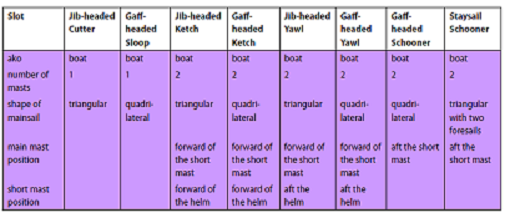

Output-print "*** Persistent pheromone shown in yellow (will turn green on run).Do you have questions or comments about this model? [ let user_bitmap user-file if user_bitmap = false Clear everything clear-all Grab the bitmap to draw on world ifelse bitmap = "CHOOSE YOUR OWN" Automatically setup the grid when opening the model to startup
NETLOGO FOREACH CODE
CODE Properties of patches and turtles patches-own FUTURE EXTENSIONSĬertainly, functions other than the logistic function could use for mapping risk factors to swiching thresholds. Blue cells show where ants hanging over edges are being used as platforms for other ants (e.g., to build bridges). Red cells show where ants are hanging over edges (i.e., in unavailable space). Initial persistent pheromone is colored in yellow on setup but will switch to green during the simulation. Otherwise, the grid is colored with trail pheromone in green. If ‘show_mem’ is turned on, the grid is colored with memory pheromone in yellow. Max_angle : Pick angle with highest logistic score det_threshold : Choose randomly from all angles with sufficiently high logistic score prob_threshold : Like det_threshold, but angles in choice set with logistic probability angle_vector : “Circular mean” of angles based on normalized logistics norm_det_threshold : Like det_threshold, but use normalized logistics norm_prob_threshold : Like prob_threshold, but use normalized logistics prob_choice : Use normalized logistics as probability mass function defined on angles COLOR-CODED PATCHES This option can show how patches become repulsive to each agent as it moves through them and then attractive when it gets stuck. The “show_mem” switch reveals the sum of the memory pheromones on each patch. This negative memory can become attractive thus pulling the agent away from roadblocks back toward previously known-good patches. However, if the agent ceases to move repeatedly, negative memory is deposited in the feasible patches near the agent. Usually, this memory is repulsive so that the agent explores new area. When an agent enters a patch, it can deposit an individual “memory” pheromone there that can decay over time. (uf) unfeasibility : The “unfeasible” space in any directionįactors are sensed inside cones pointing in each direction, and the size (angle and radius) of each cone can be specified as well. (f) feasibility : The “feasible” space (including riding on the backs of other ants) in any direction (m) memory : The memory (implemented as an individual pheromone) of cells in that direction (decay and removal parameters can be specified as well) (p) pheromone : The pheromone (deposited or persistent) in a particular direction (it is possible to adjust the evaporation and diffusion rate of the pheromone as well) (a) agent : The agents in a particular direction (s) space : The “available” space in any direction

For example, if a stimulus is repulsive everywhere, an influence of “-1” can be used so that each of the gains can be positive. Influence is a shared gain applied to each gain of that stimulus type equally. A negative gain indicates increased stimulus leads to lower chance of choice in that direction. A positive gain indicates increased stimulus leads to a higher chance of choice in that direction. Gain in any particular directly roughly represents a “sensing ability” or a “tendency” how increased stimulus linearly affects whether the agent will decide on that direction.

MOVEMENT FACTORS: GAIN, INFLUENCE, AND CONESĮach movement factor “gain” and “influence” variable starts with one or two letters indicating the type of factor. Increasing the bias for any particular direction causes less stimulus to be required for an individual ant to choose that direction.Īmplified stimulus and bias terms are arguments to a logistic function (1/(1+e^(-z))), and so care should be taken when choosing magnitudes of bias and gain terms. The (space) bias terms represent the background tendency for any particular direction of movement. This is an agent-based model that uses logistic switching to balance several different factors that could influence movement in any particular direction.
NETLOGO FOREACH WINDOWS
Windows and Linux users may obtain the latest Java from
NETLOGO FOREACH MAC OS X
Mac users must have Mac OS X 10.4 or higher. Java must be enabled in your browser settings. This page was automatically generated by NetLogo 5.0.


 0 kommentar(er)
0 kommentar(er)
